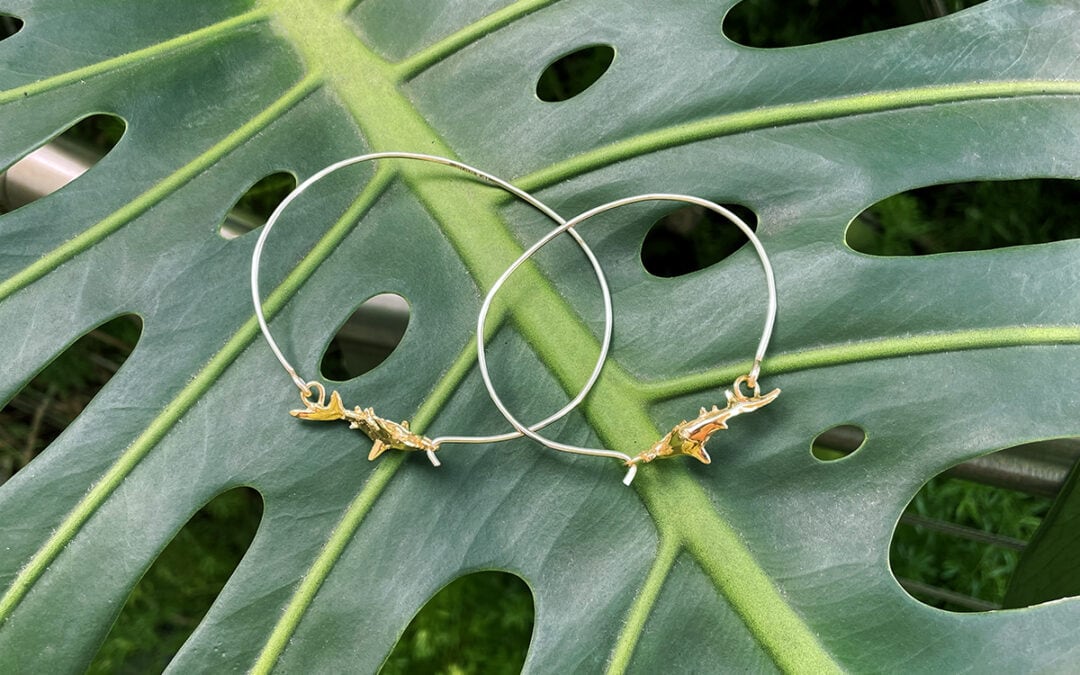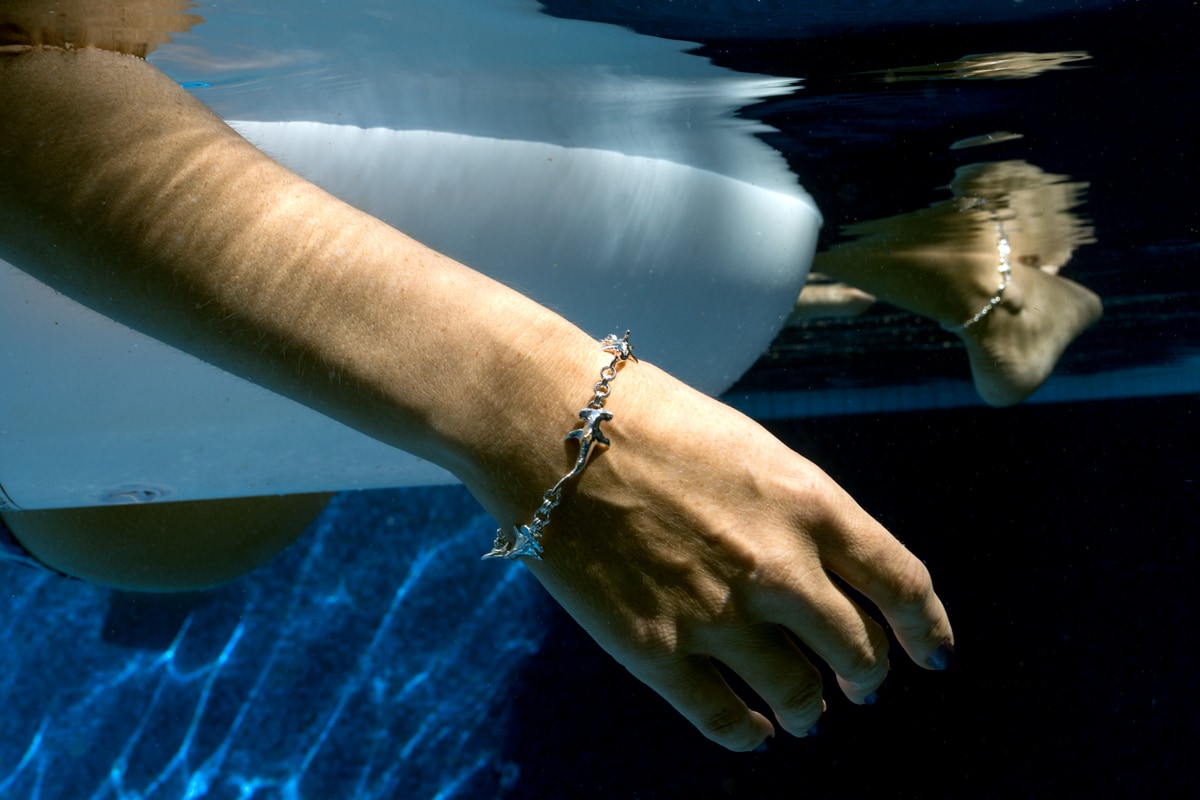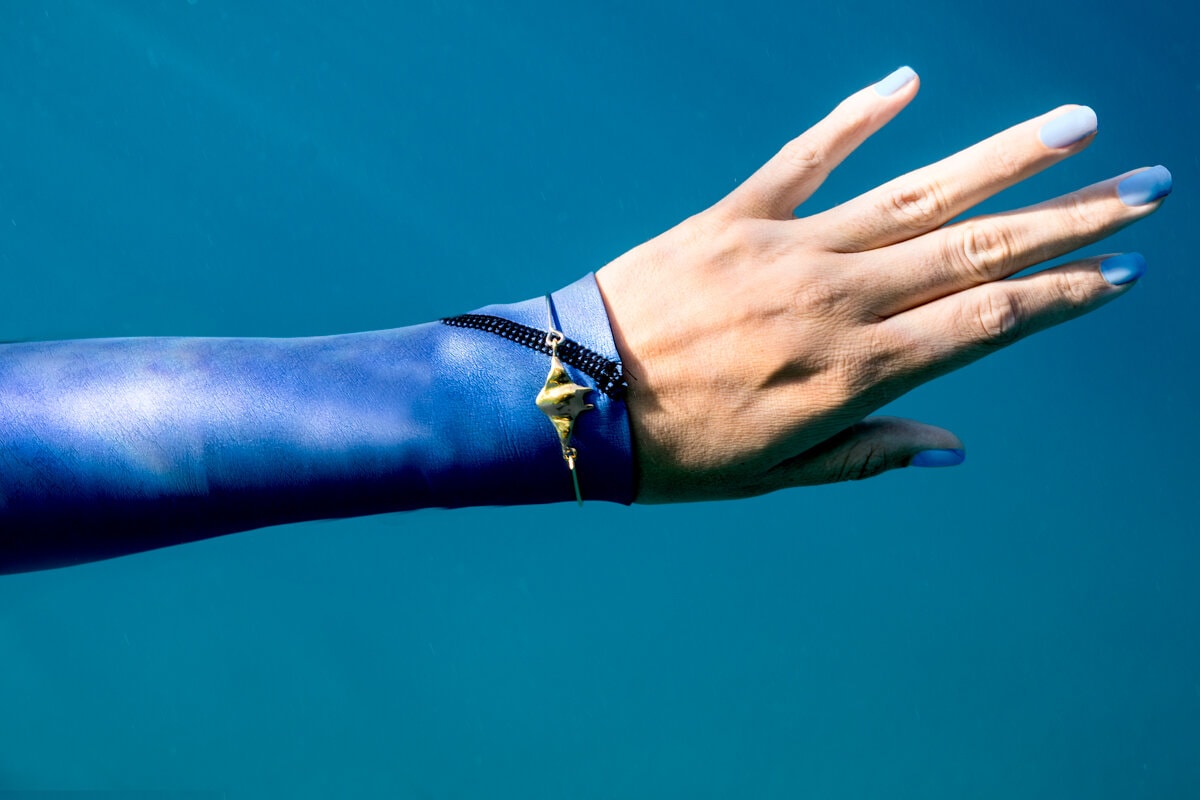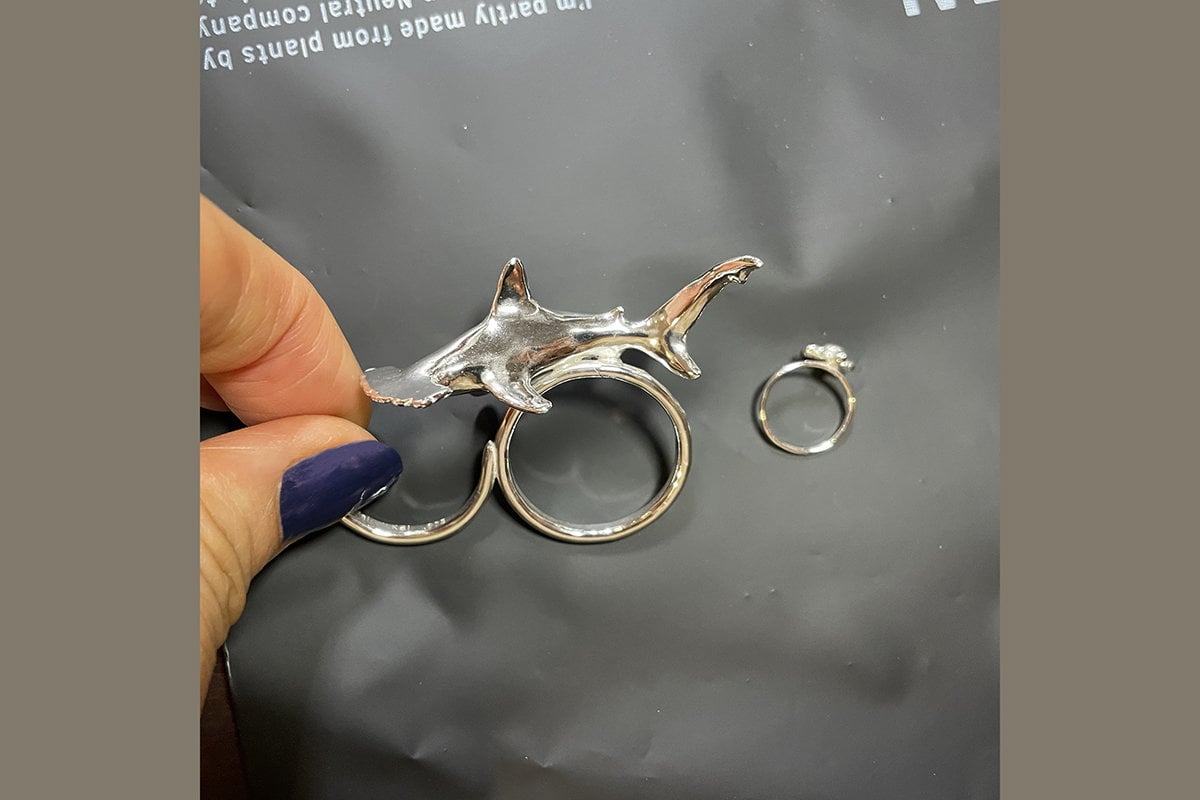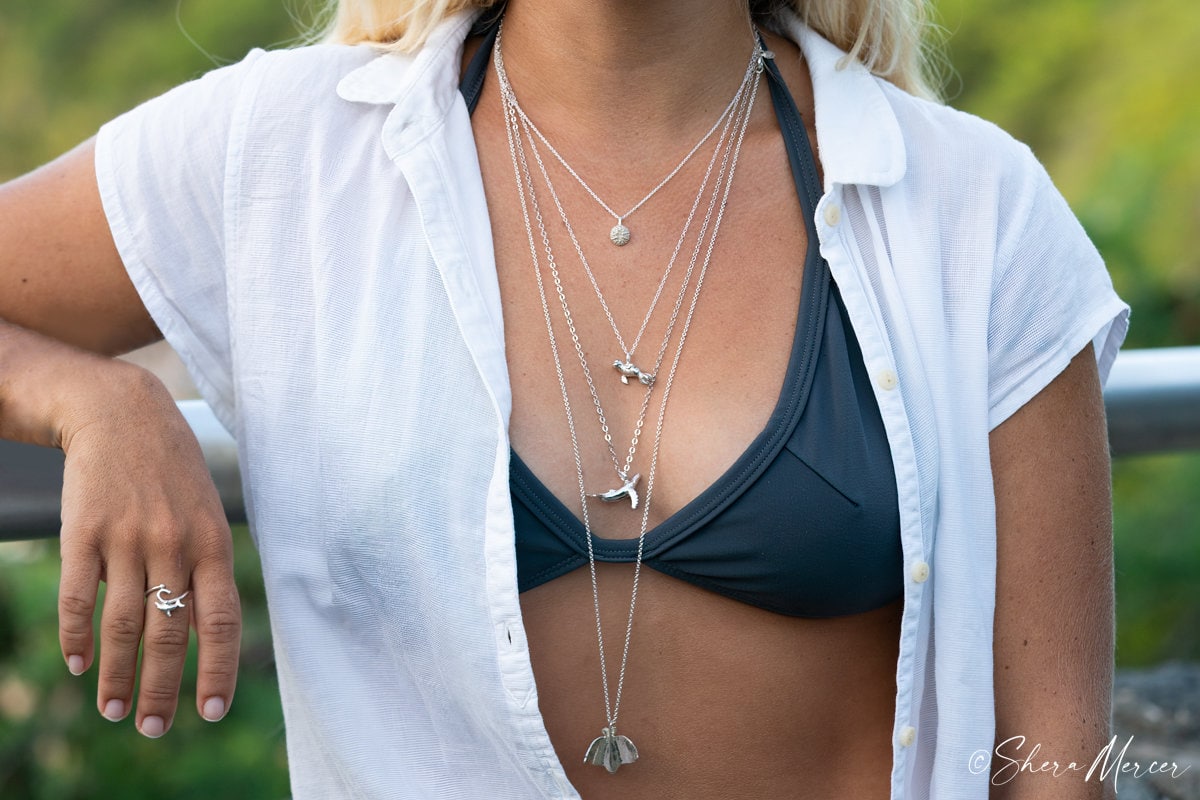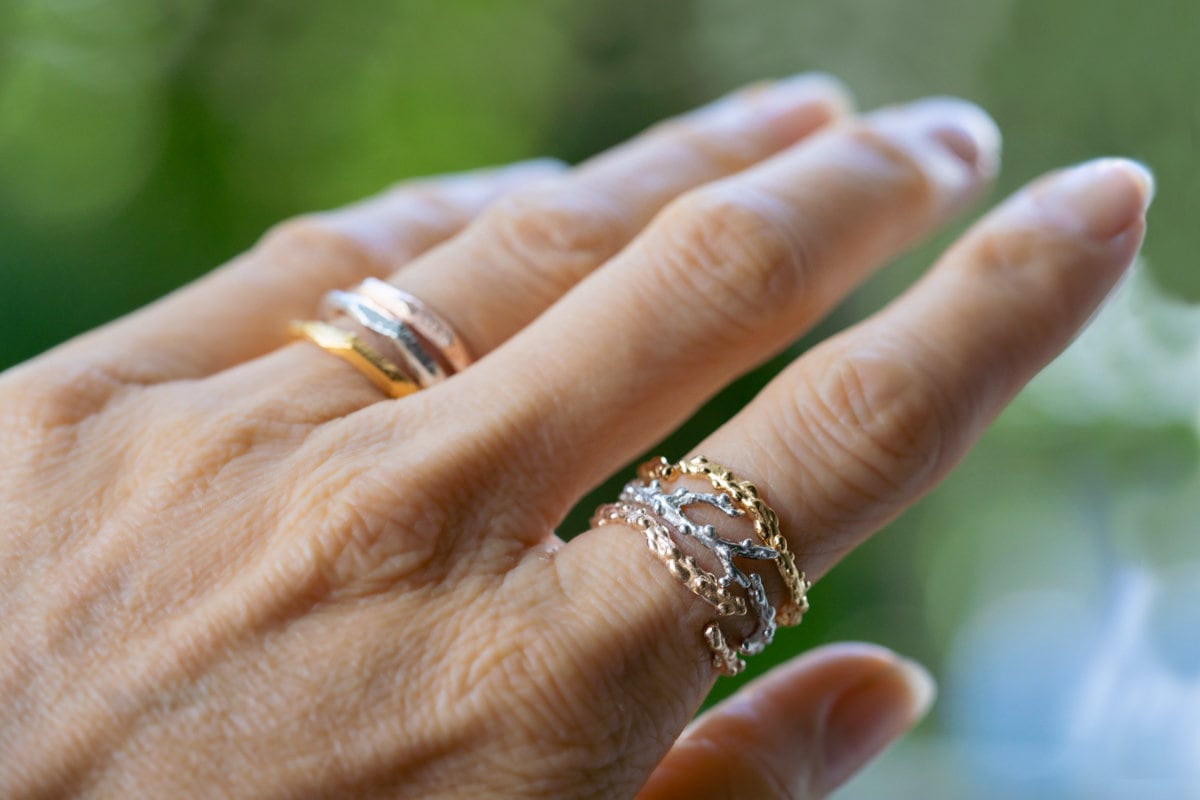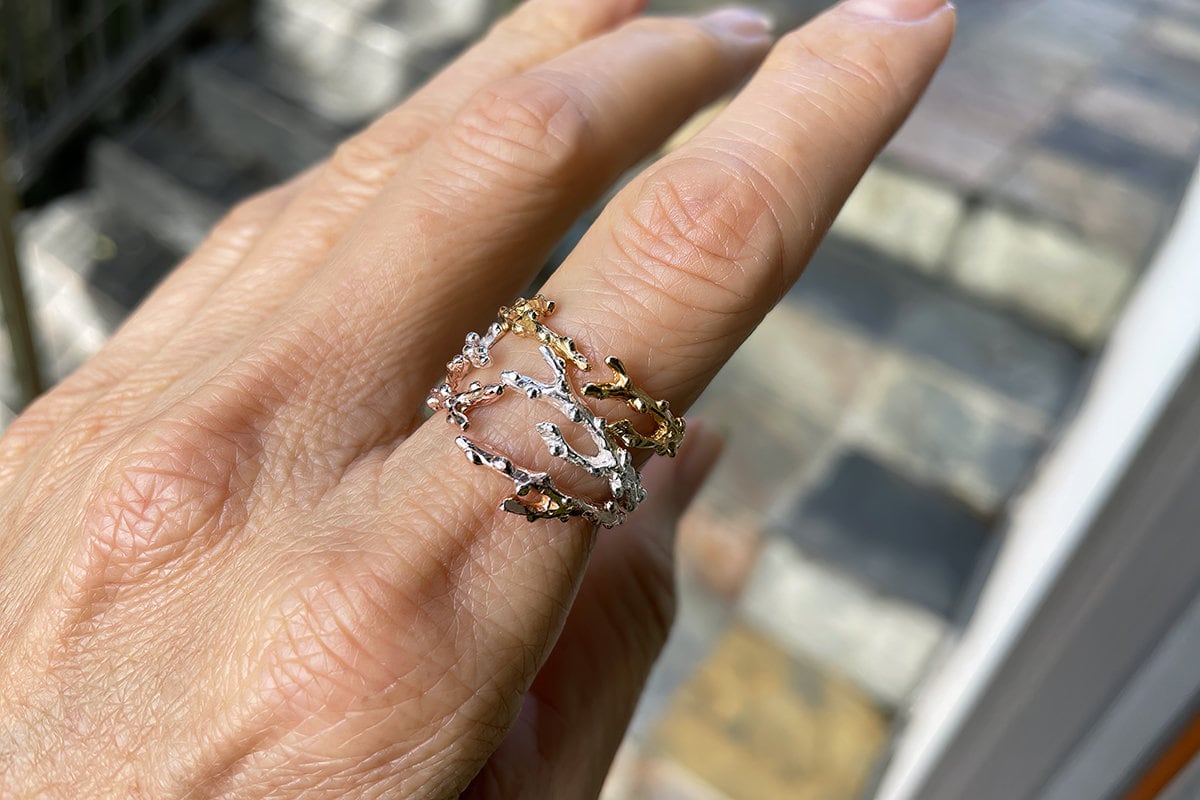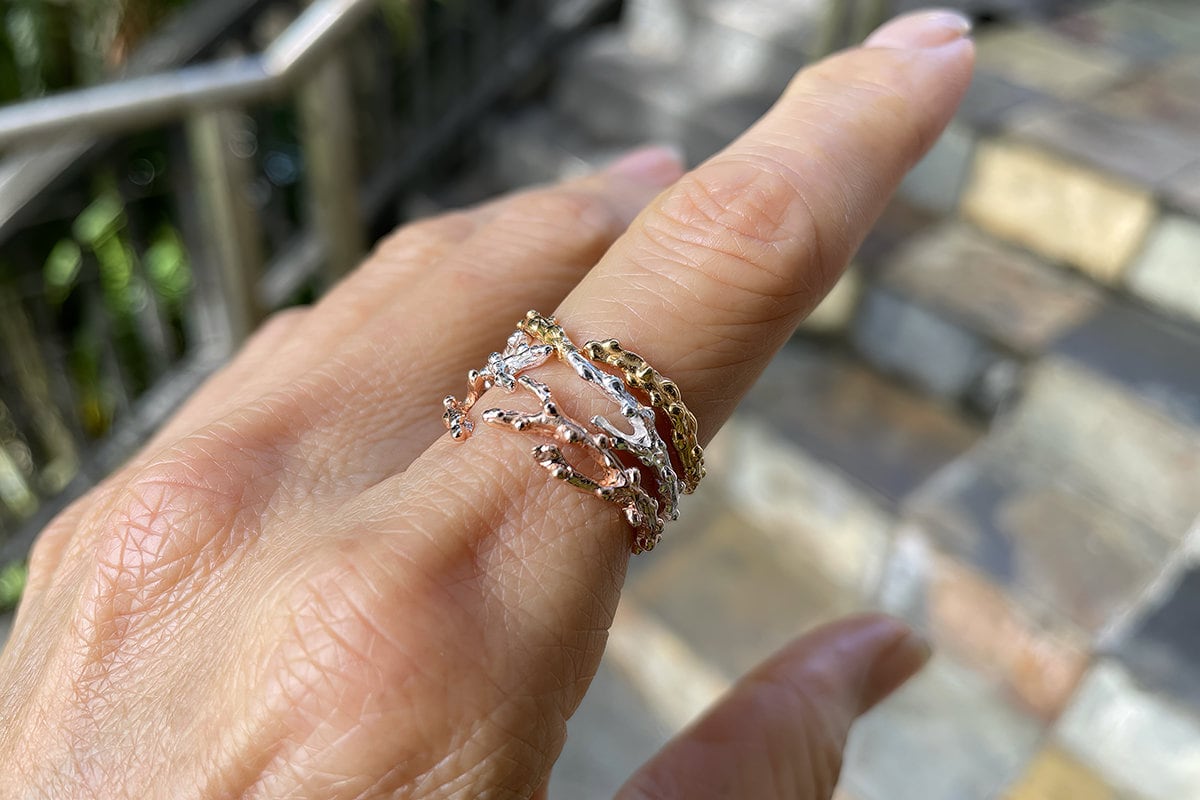Design is a big deal. But it’s the kind of big deal that you rarely notice if it’s done well. Things just feel…effortless. Of course part of design is fit and sizing, but other aspects relate to innovation, uniqueness, beauty and style. A lot goes into a good design.
Nothing teaches you good design like bad design. If it’s clothes or jewelry it rubs, grabs, or just doesn’t sit right. Good design is not just beautiful, its unobtrusive and forgiving. And yet so often, good design is hard to achieve.
Of course truly great design often becomes iconic – so inspired it becomes a classic. Alessi’s housewares, Frank Lloyd Wright’s buildings, Hayward Wakefield furniture. We can’t expect that from everything. But at the very least, design should be accessible.
Working with design and accessibility years ago found me doing interviews and understanding how everyday things can make life impossible for some. Most of us don’t think about it because often bad design presents as an inconvenience that we can get around, but think about a ramps vs stairs for people using wheel chairs, or stair-only access when you have a heavy piece of luggage to move.
Accessibility is a design consideration, the practice of making things sensible, meaningful, and usable for as many people as possible. It supports inclusion for all people, including those with disabilities and older people, but benefits everyone. So while it enables more people to enjoy or use something, it doesn’t exclude others. And it’s not just for industrial purposes! People with different needs should be able to have nice things ;) How many times have you balanced off a bad day or experience by purchasing something indulgent for yourself? Think of how that helped. Now imagine they didn’t have your size, your shape, your length. Compounded frustration.
For these reasons and more, I believe that accessibility should be part of all design.

Different length necklaces for layering and size differences
Accessibility is not just important for people with different needs, it often makes things easier for all of us.
For example, adjustable rings. In the past, these were for inexpensive base metal rings that you might find in a Cracker Jack box. A clunky flat wire attached at one end to the design, and overlapping with the other end to accommodate different widths. But why does accessibility have to be unattractive? Incorporating the adjustable nature of the ring into a design elevates it. Our mix and match Limu stacks (see images at bottom) use ring openings to fit into the one above – creating combinations that you design yourself. Adjustable rings are especially great here in Hawaii where it gets hot and makes your knuckles swell just a touch, but also means people with bigger knuckles can size them for their finger but the ring can expand over the knuckle.
Nearly all of our bracelets have an option to size up or down the length or to add more or take away links. We’ve made our “one-size” bangles both larger and smaller for customers since we make them ourselves and not in large quantities overseas. Sometimes its a little more work, but its important to have this option.
What about necklaces? I have a tall friend who always asks for a 20″ chain. It just fits her better. So this year, we’re not just offering our standard 16″ and 18″ chains, we’ve just added a 20″ SS chain (just ask us) and 24″ is also available with a small charge (since these would be made to order) This is not just great for taller or larger people, but it lets people (of any size) who want to layer their necklaces chose how to wear them.
Part of ‘slow fashion’ is loving what you purchase; something you don’t toss out, but pass on to others. In order for something to have that kind of staying power, it not only has to be beautiful, but it has to suit you, and fit you well. If wearing it delights you, you tend to keep it longer.
These have been our design principles from the start, but they are so early on in the design process I forget to mention them. Someone pointed it out to me recently so I thought I’d finally write it down. Have a friend or family member who struggles to find things that fit? Have other things you want to know about? Send me a message 🙂
One brief footnote. Judith Heumann, the ‘mother of the disability rights movement” died at 75 on 4 March, 2023. A trailblazer for people with disabilities, she worked tirelessly and successfully to change a world that didn’t want to. Her work made the world a better place for both people with and without disabilities. While this post is about accessibility and design, we wouldn’t have the perspective and understanding we do today without her valuable work.
Thanks for reading!
